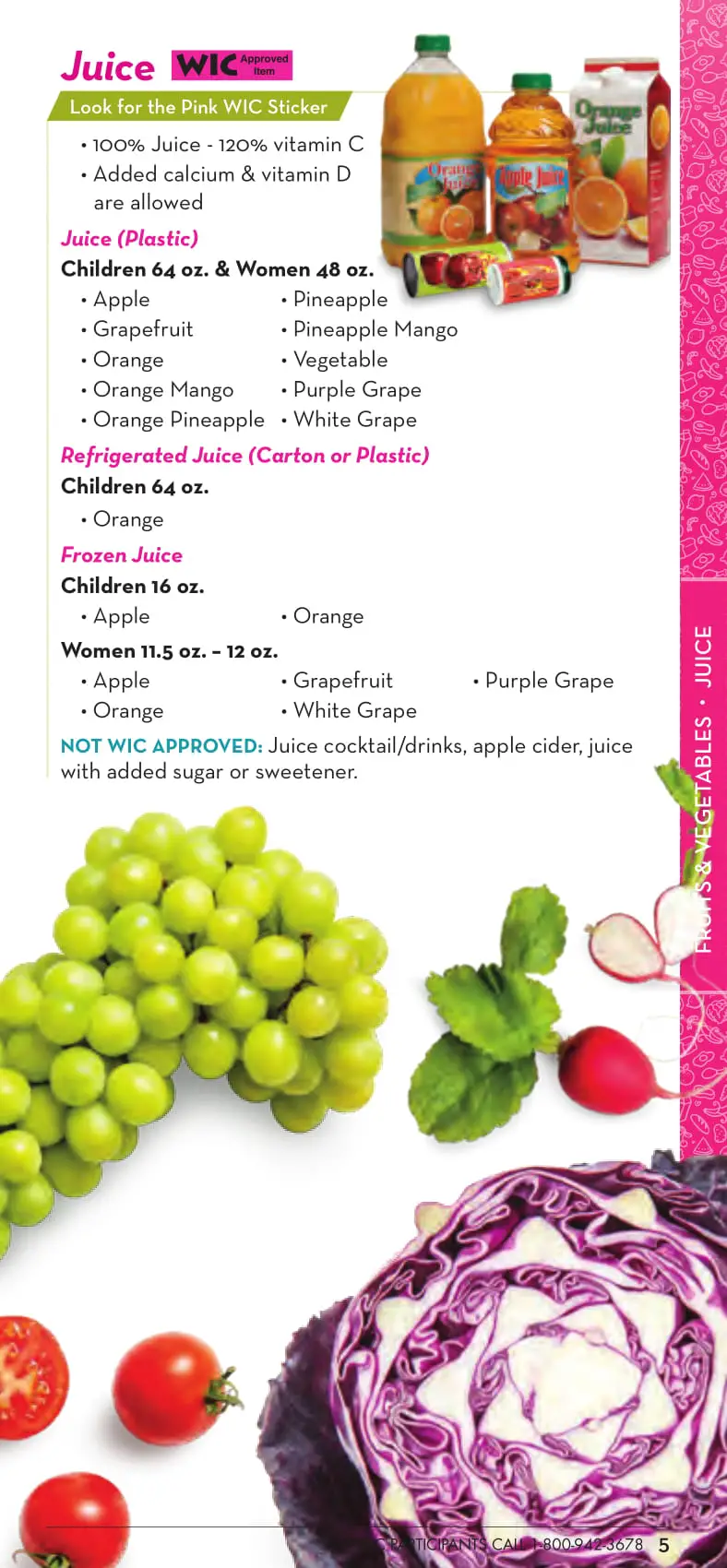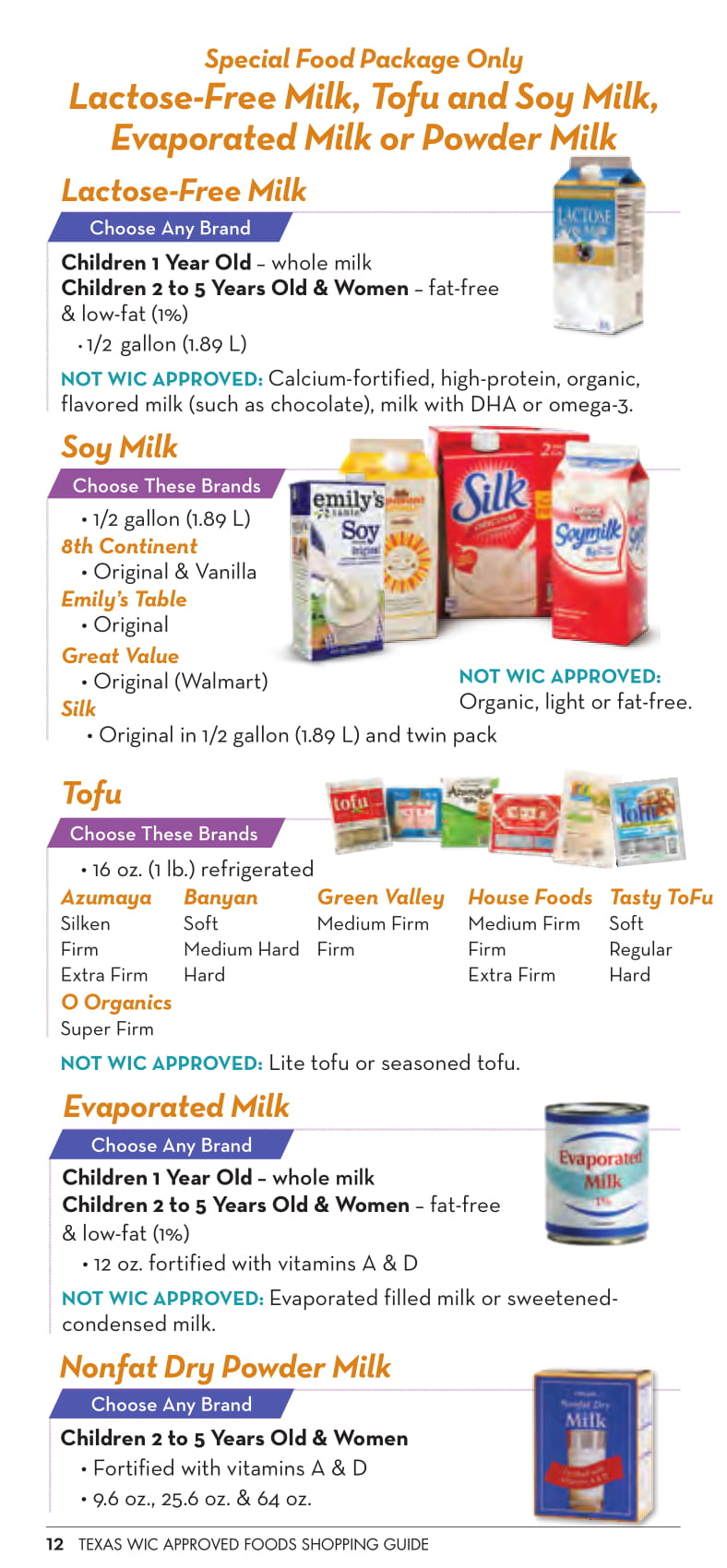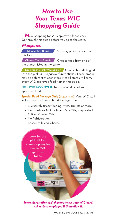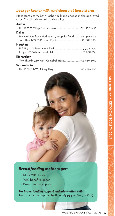
WIC had initially provided supplemental foods to children up to age 4 and to breast-feeding postpartum mothers.



The USDA Food and Nutrition Service (FNS) drafts WIC’s annual budget proposal for the Federal fiscal year (Oct 1-Sept 30). Senate and House Appropriations Committee. It is a domestic discretionary program funded annually through the U.S. WIC is a public health nutrition program under the jurisdiction of the United States Department of Agriculture (USDA).

See a list of WIC Foods, allowable alternatives, and the key nutrients they provide. WIC provides certain healthy foods to supplement the dietary needs of participants to ensure good health and development. Dietary Guidelines recommended amount of protein or iron in their diet. Nutrition risk: Applicants are screened by health professionals for 1) Medically-based risks such as anemia, underweight, smoking, maternal age, history of pregnancy complications, or poor pregnancy outcomes and 2) diet-based risks such as not consuming the U.S.Poverty Income Guidelines, or be enrolled in TANF, SNAP, or Medicaid. Low-income: Applicants must have income at or below 185 percent of the U.S.WIC is for low-income pregnant and post-partum women, infants, and children up to age 5 who are at nutritional risk. Screenings and Referrals for Healthcare and Social Services The Special Supplemental Nutrition Program for Women, Infants, and Children (WIC) is a short-term intervention program designed to influence lifetime nutrition and health behaviors in a targeted, high-risk population.


 0 kommentar(er)
0 kommentar(er)
